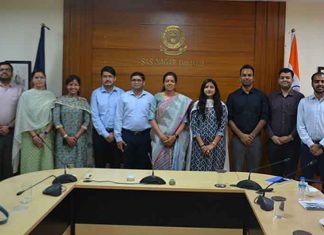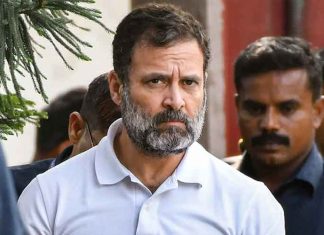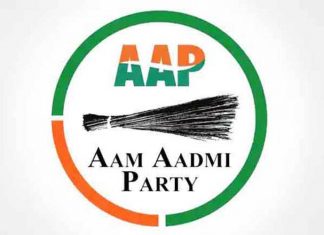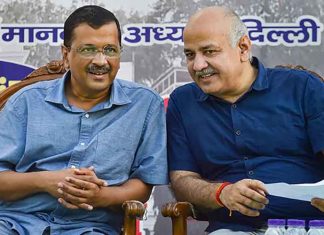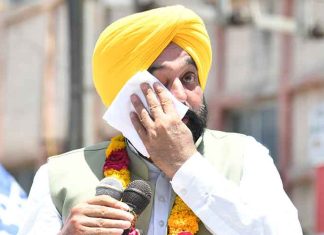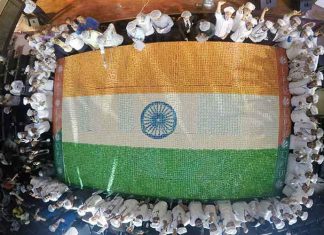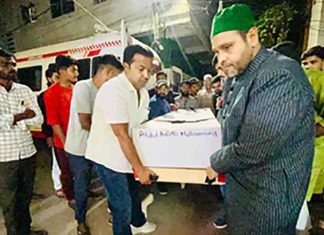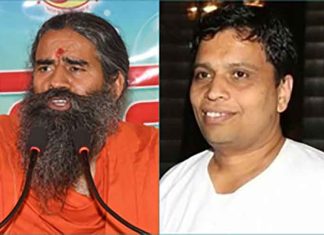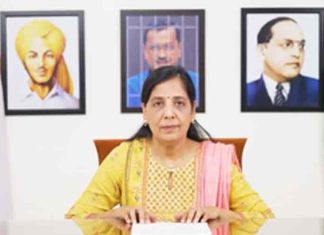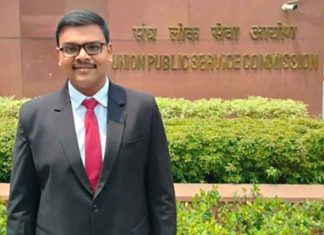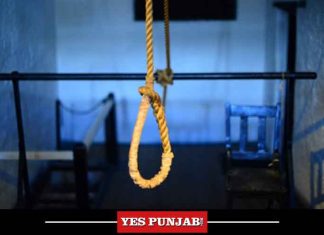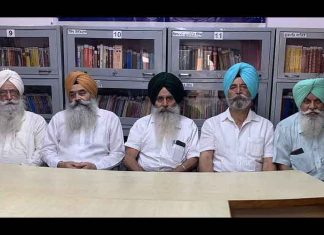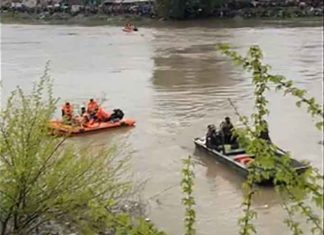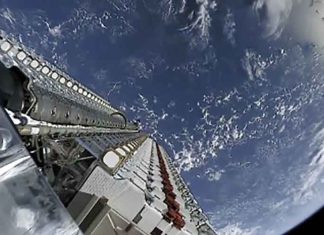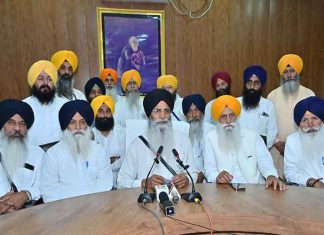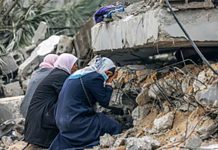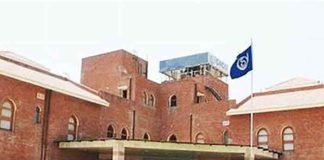Bhopal, Dec 2, 2022 – Survivors of the Bhopal gas tragedy recall that around 2 a.m. on the intervening night of December 2 and 3 in 1984, the siren from the Union Carbide factory started sounding around 2 a.m. It wasnt an alarm to alert the people, it sounded after a complete technical failure and by that time leaked toxic Methyl IsoCyanate (MIC) gas had spread over half the city.
However, the leak was sensed hours before with technical failure in the factory during the process of controlling it, suggests a report prepared by the Indian Council of Medical Research (ICMR) and released in 2010.
The Union Carbide factory, a pesticide plant which was established in 1969 in Bhopal’s JP Nagar area, housed three underground liquid MIC storage tanks – E610, E611 and E619. The liquid MIC production was in progress and it was being filled in these tanks.
The stainless steel tanks were pressurised with inert nitrogen gas, a process to allow MIC to be pumped out of each tank as needed, and also kept impurities and moisture out of the tanks. During the failure, tank E610 contained around 42 tonnes of liquid MIC. An attempt to reestablish pressure in tank E610 on December 1 failed, so liquid MIC could not be pumped out of it.
“Workers in the factory’s MIC area started feeling the effects of minor exposure to the gas around 11.30 p.m. on December 2. The supervisor on duty at the time was informed immediately and it was decided that the problem will be discussed during a tea break after 12 a.m. In the meantime, workers were instructed to continue looking for leaks. After five minutes (at 12.40 a.m.), tank E610 reached a critical state at an alarming speed,” David, a resident of JP Nagar, told IANS. He claimed his father was one of the workers in the MIC area.
The pressure and the rising temperature of the MIC storage tank E610 could have been controlled using two technical processes — either to cool the tank or to pass stored liquid MIC gas to the flare tower to burn it. “But, the refrigeration system established to cool the tanks was removed around six months before the disaster took place. The pipe of the flare tower meant to burn MIC gas was improperly sized to reduce a leak,” reports analysed by IANS suggested.
“After the failure of hours of efforts to fix the technical problem, the factory’s siren was sounded to alert the people around 2.30 a.m. and employees and workers left towards the north direction from the factory,” said David.
By 1.30 a.m. about 30 tonnes of MIC had leaked from the tank into the atmosphere and in the next two hours it reached the nearby residential colonies and the people in deep sleep started inhaling the toxic gas. People started falling unconscious and the world’s worst chemical industrial disaster began in Bhopal, early on December 3.
It led to a political controversy especially after Warren Anderson, CEO of the Union Carbide Corporation (UCC), was flown from Bhopal to Delhi in a state plane after he was granted bail.
Veteran Congress leader Bharat Singh, who was the health minister in (late) Arjun Singh’s cabinet, talking to IANS said, “Anderson would have been killed by the furious crowd, and it was the state’s duty to provide him security. See, the tragedy had happened, but the administration had to think about the future also. If he had died here, things could have turned out differently and not a single penny would have been received as compensation. What had happened then, it is all on record. That is in the past, and now the present government should focus on settling the issue and provide help to the affected families.” (Agency)
CLICK HERE to like YesPunjab.com Facebook Page for regular updates












